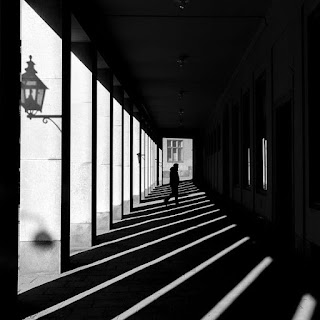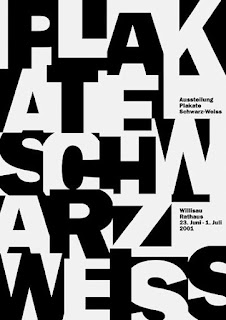DIGITAL PHOTOGRAPHY AND IMAGING - WEEK 5
1st May 2023 (Week 5)
Azim Azariff Bin Azahar (0353583)
Bachelor of Design (Honours) in Creative Media
Digital Photography and Imaging - Week 5 (Project 1B - Part 1)
LECTURE
Week 5 (01/05/23): There was no class as there was 'Labour Day' holiday.
Replacement class in Week 6 (08/05/23)
Digital Photography1) Exposure Setting
- In photography, exposure is the amount of light which reacher your camera sensor or film.
|
|
|
Fig. 5.1.1 Exposure (08/05/23) |
|
|
|
Fig. 5.1.2 Parts of a camera (08/05/23) |
- IRIS, SHUTTER SPEED and ISO
- Shutter speed and aperture affect the actual "luminous exposure" of an image.
- ISO affects the brightness of the photos.
|
|
|
Fig. 5.1.3 Exposure triangle (08/05/23) |
IRIS:
- Iris/Aperture controls the flow of light entering the lens.
- It is measured by f-stop. The lower the f-number, the larger the lens opening.
|
|
|
Fig. 5.1.4 IRIS (08/05/23) |
SHUTTER:
- The shutter is a small plastic sheet that opens and closes to allow light onto the film or prevent light from reaching the film.
- Shutter speed is measured in seconds.
|
|
|
Fig. 5.1.5 Shutter (08/05/23) |
|
|
|
Fig. 5.1.6 Shutter speed (08/05/23) |
ISO:
- For digital photography, ISO refers to the sensitivity of the camera's sensor.
- The lower of the number of ISO the less sensitive your camera is to light and finer the grain.
|
|
|
Fig. 5.1.7 ISO (08/05/23) |
|
|
|
Fig. 5.1.8 ISO (08/05/23) |
2) Lens Perspective
There are: Wide angle lens, standard lens and tele lens.
- Lenses can be catagorised by 'Focal Length'.
|
|
|
Fig. 5.2.1 Camera Lenses (08/05/23) |
FOCAL LENGTH:
- The shorter the focal length, the wider the angle of view.
- Focal length is the measurement (in mm) from the optical center of a camera lens to the camera's sensors.
|
|
|
Fig. 5.2.2 Focal Length (08/05/23) |
DEPTH OF FIELD:
- The proportion of the image that is reasonably sharp and in focus.
- The smaller the aperture you use, the greater the depth of field.
|
|
|
Fig. 5.2.3 Depth of field (08/05/23) |
WIDE ANGLE LENSES:
- Wide angle lenses are ideal for fitting a large area into your frame.
- Especially useful for landscape photography or street photography.
|
|
|
Fig. 5.2.4 Wide angle lens (08/05/23) |
STANDARD LENSES:
- Standard lenses offer a fairly accurate perspective of what the human eye sees.
- It is more natural.
|
|
|
Fig. 5.2.5 Standard lens (08/05/23) |
TELE LENSES:
- Tele lenses are good for far away objects.
|
|
|
Fig. 5.2.6 Tele lens (08/05/23) |
3) DSLR vs SMARTPHONES
- DSLR cameras are designed to capture images. Phones are designed to carry out a multitude of functions.
- Phone cameras are limited by size. DSLR have much larger lenses and sensors.
PROJECT 1B - PART 1: HEARST MANSION
This project is the Hearst Mansion project. We basically need to use the image given (Shazam) and place him into a mansion. The tools that this exercise requires are: Quick Selection Tool, Layer Mask, Filters and Colour Correction.

|
|
Fig. 5.3.1 Hearst Mansion exercise |
This is the Hearst Mansion exercise we had to do before creating our own
version.
.png)
|
| Fig. 5.3.2 Hearst Mansion (Own version) |
This is my own version of the Hearst Mansion exercise. It is basically the
same thing as the 'Shazam' version but with a picture of myself instead.
FINAL DIGITIZATION (OWN VERSION)
<iframe
src="https://drive.google.com/file/d/14Y4B94-gwPlu9-Ng83QfJwdBoG-wRl2Z/preview"
width="640" height="480" allow="autoplay"></iframe>




Comments
Post a Comment